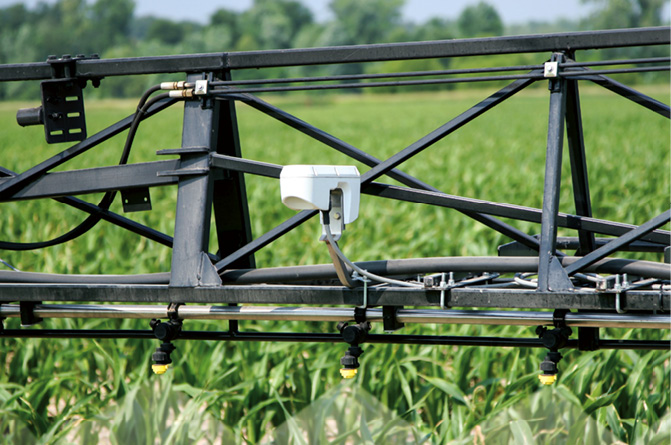Farming has come a long way over the centuries. From the days of manual labor and traditional farming methods to the use of modern technology, the agriculture industry has seen significant advancements. One of the latest innovations that is revolutionizing farming practices is the use of crop sensors. To access crop sensors for agriculture, please browse this website. In this article, we will explore how crop sensors work and the ways in which they are transforming the agriculture industry.

Image Source : Google
What are Crop Sensors?
Crop sensors are devices that are used to measure and monitor various parameters related to crops. They are typically mounted on agricultural machinery, such as tractors or drones, and collect data about the crops in real-time. This data includes information about plant health, nutrient levels, moisture content, and other important factors that impact crop growth and yield.
How Do Crop Sensors Work?
There are different types of crop sensors available in the market, each with its own set of features and functionalities. However, most crop sensors work on the same basic principles. They emit electromagnetic radiation, such as light or infrared, towards the crops and measure the reflected radiation.
The Benefits of Crop Sensors
The use of crop sensors offers several benefits to farmers and the agriculture industry as a whole. Firstly, crop sensors provide farmers with accurate and timely information about their crops. This information allows farmers to make data-driven decisions and take proactive measures to optimize crop growth and yield. By identifying and addressing issues in real-time, farmers can minimize crop losses and maximize profitability.